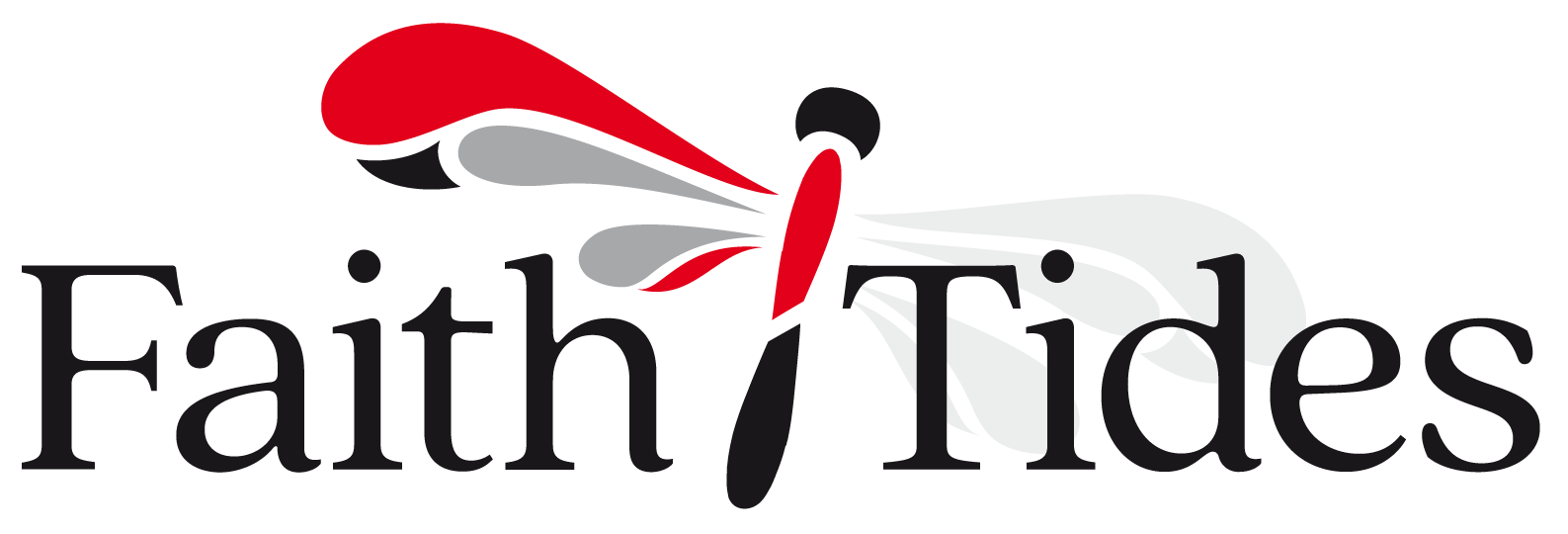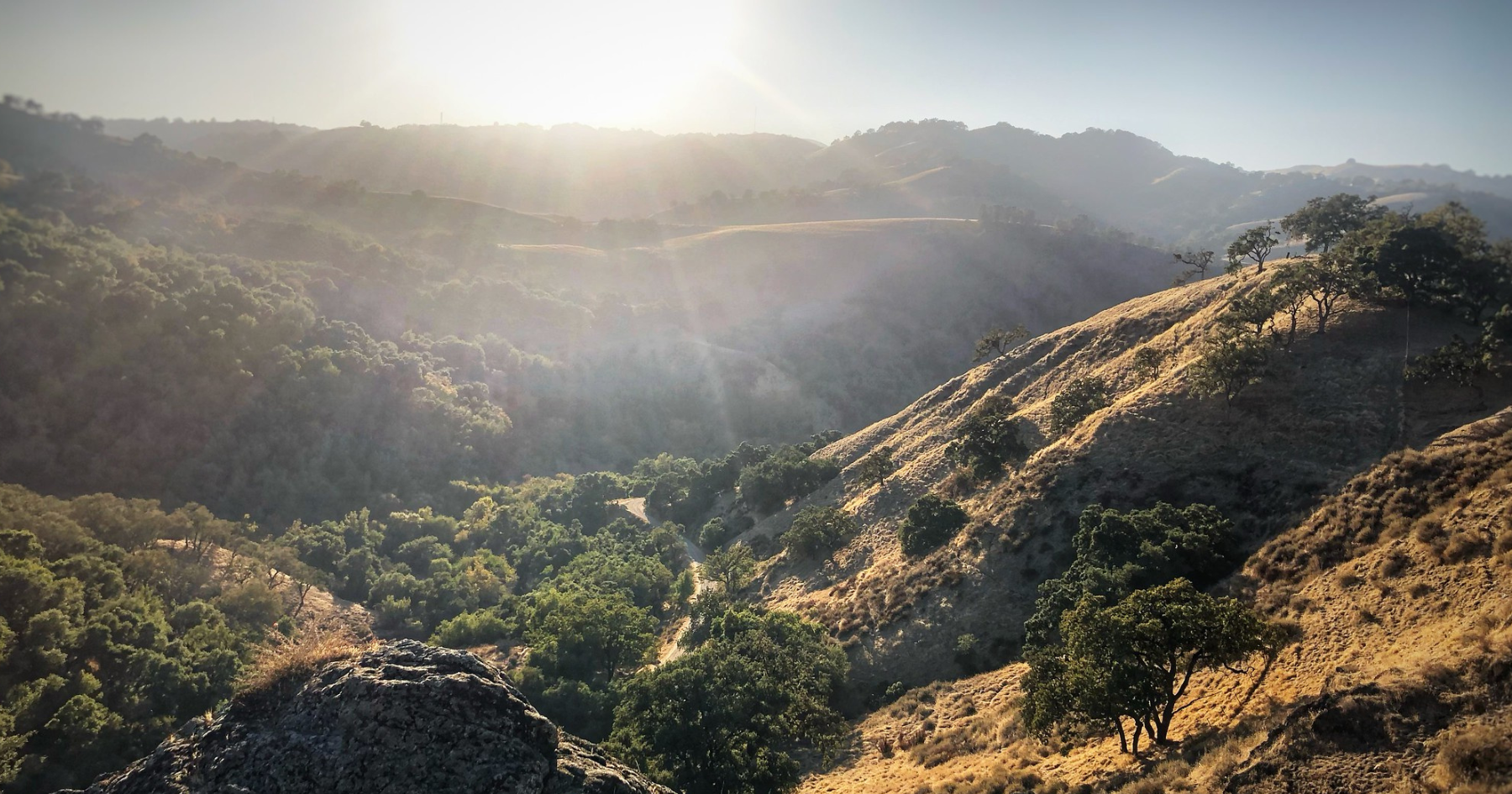Christians ought to be really good at any venture involving change and transformation. Throughout every year, we explore the great transforming narratives of our faith tradition. When it comes to leading change, we are given privileged and reverential access to profound role models. We are fundamentally, and irrevocably, people who are called by God to get on with the process of changing ourselves, our communities and our world. In fact, the best metaphor for our collective life is the journey as disciples of Jesus.
Few of us realize that all those fancy, sophisticated and expensive ideas used by “change management” consultants are thinly-disguised variations on the exodus theme. Change involves moving from one place or situation toward something that is more desirable according to whatever criteria are important to us. In order to get to there, we have to let go of here, and on the way, we have to pass through some sort of neutral zone. It’s the timeless biblical sequence of Egypt, wilderness and promised land. And Moses is the enduring icon when it comes to change leadership, with Jethro as the first management consultant.
But I’m not so sure we Christians, and especially we Anglicans, are adept at getting past the talking stage when it comes to change. God seems to incline our hearts toward hardening of the categories when it comes to models of church life, rather than inspiring us to act. We are skilled at talking about the promised land, but unable to pack our bags for the journey into the wilderness. There is a Spanish proverb for such tendencies: “It is one thing to talk of bulls; another thing to be in the bullring.” When it comes to the bullring of change, we tend to prefer talking.
In my work with faith communities and their leaders, I encourage them to name (through dialogue, biblical reflection and simple checklists) where they are, individually and collectively, on what I call the Exodus Journey Scale. Basically, it’s a continuum that starts with Egypt, moves across the wilderness and ends in the promised land. Conversations about such matters are fundamental to any collaborative approach to change within a faith community.
Over the years, I have come to understand that most congregations find it easiest to place themselves in the wilderness. In fact, the majority do it rather quickly. Everyone recognizes that the church (regardless of denomination) is not what it used to be, but the future seems shrouded in fog. They can relate to many of the typical symptoms of this intermediate stage in the change process: mixed emotions, longing for the good old days, uncertainty about future directions and tired leadership. And it’s comforting for the community and affirming for its leadership to declare that change is happening. That we are on our way forward!
Yet I am also coming to understand, in complex and multi-layered ways, that there just might be elements of self-deception and false bravado at play in the choice of the wilderness as “where we are now.” Perhaps we’re still struggling in Egypt, more content to live with plagues, pestilence, squabbles and hardened hearts, than pack our bags for the journey.
Leaving Egypt proved to be a terrifying prospect for the Israelites, and I think it’s much the same for us. Things have to get really bad before we decide that moving is the better option. And even then, there are elements of the “old ways” of being and doing that we have trouble leaving behind. (Carrying bricks, mortar and wooden pews can be quite a burden in the wilderness, never mind our doctrinal and liturgical squabbles.) Change is never easy and always messy.
There are no easy answers when it comes to thinking about how the exodus story relates to our current church life. Where are you and your faith community now? Certainly, I am a long way from knowing exactly where we are on the Exodus Journey Scale. All I do know is that we must engage in honest and respectful dialogue about the growing need to leave Egypt behind. And that no matter what happens, God will be with us as we move forward.
This article was originally published in Dialogue, the newspaper of the Anglican Diocese of Ontario.



